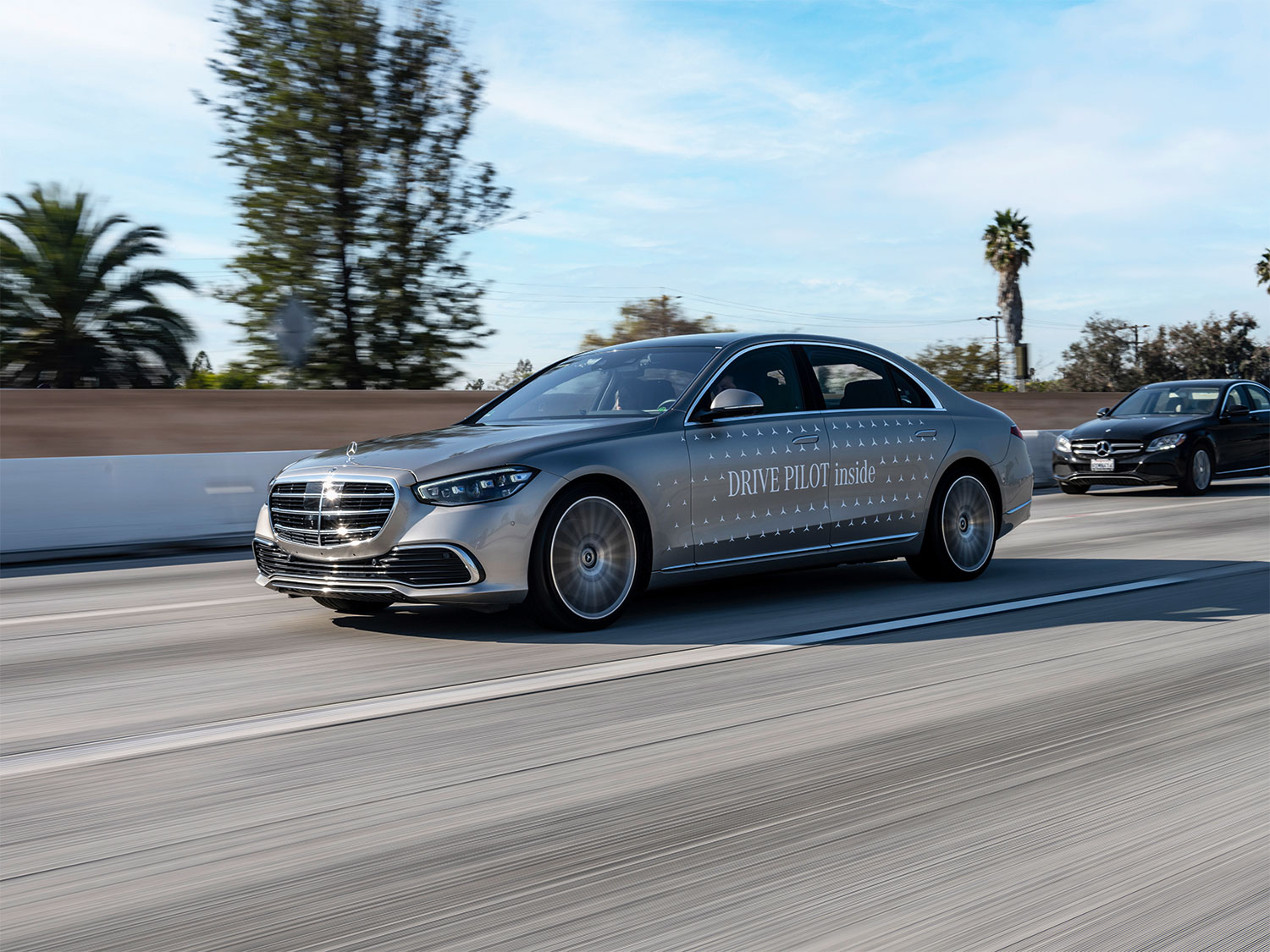stopcrazypp
Well-Known Member
From a quick Google:I've never heard that before. Are you saying the car actively changes seat belt tension to shake the driver?
"A camera mounted in the Mercedes video gauge cluster behind the steering wheel pays attention to eye movement and will notice if you nod off. In that case, the seat belt will vibrate and tug at you, bells will go off, and lights will flash. In other words, catnaps are a no-no."

Level 3 And Me: Testing the Autonomous Driving Mercedes-Benz
I didn’t die, and I’m here to write about it.
"But then red lights started flashing in the cabin. The car's beeping got louder and pertinacious. I felt the seat belt yank on my shirt. It was time for the "fallback ready user" -- aka me -- to take over the helm"

What it's like to experience Mercedes-Benz's Drive Pilot automated system
Mercedes-Benz is the first automaker to bring an SAE Level 3 system to the U.S. market.


